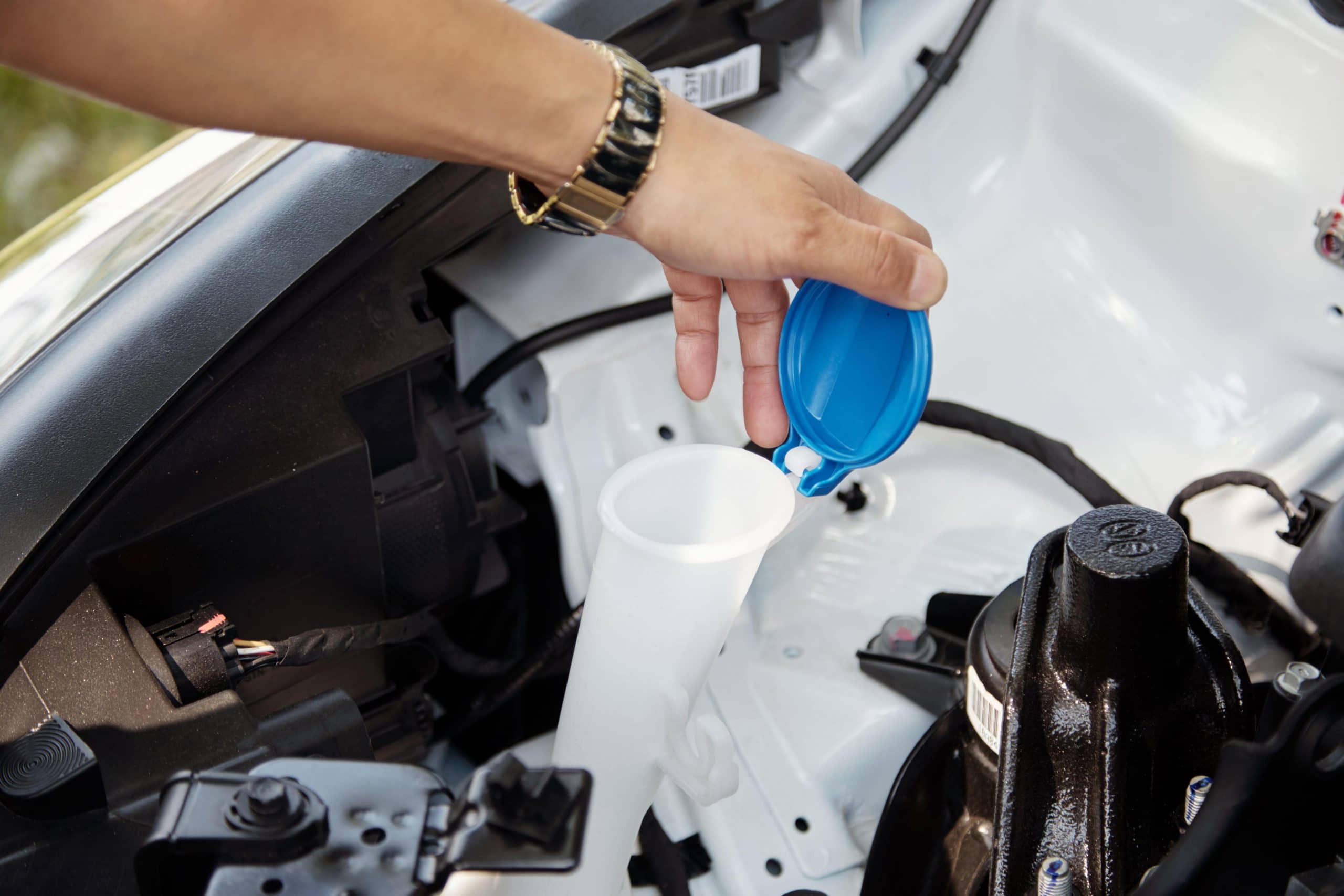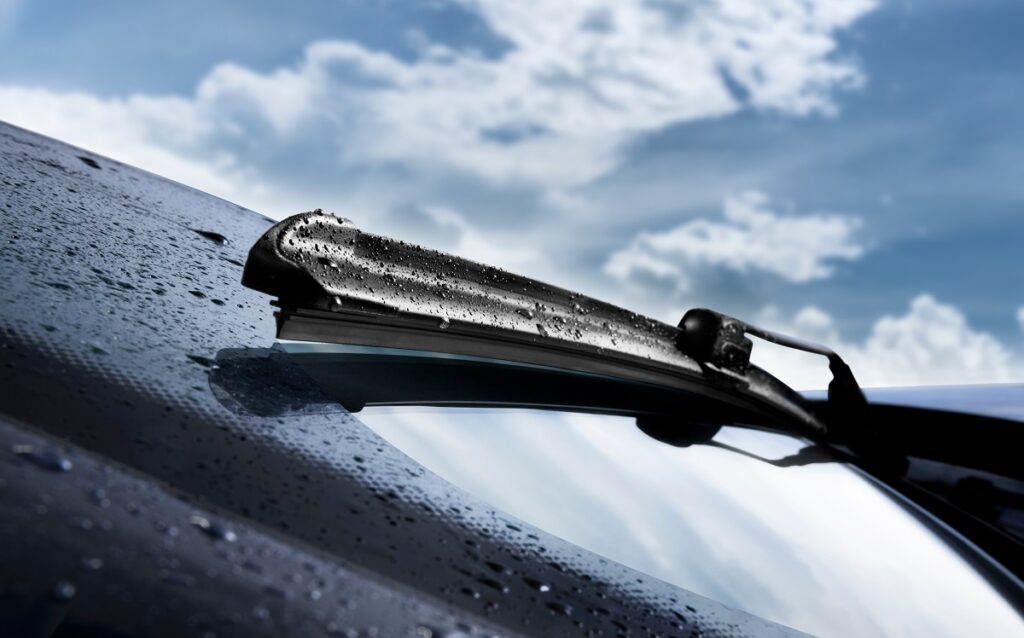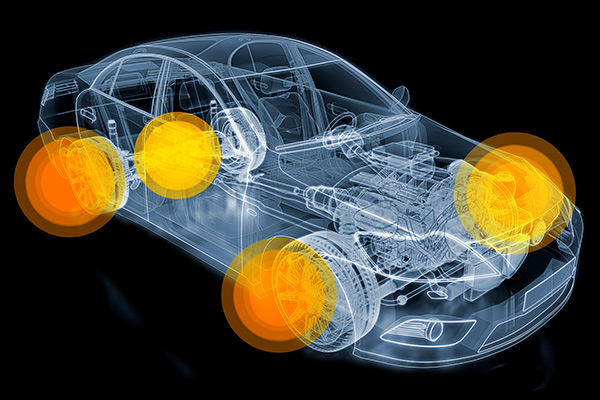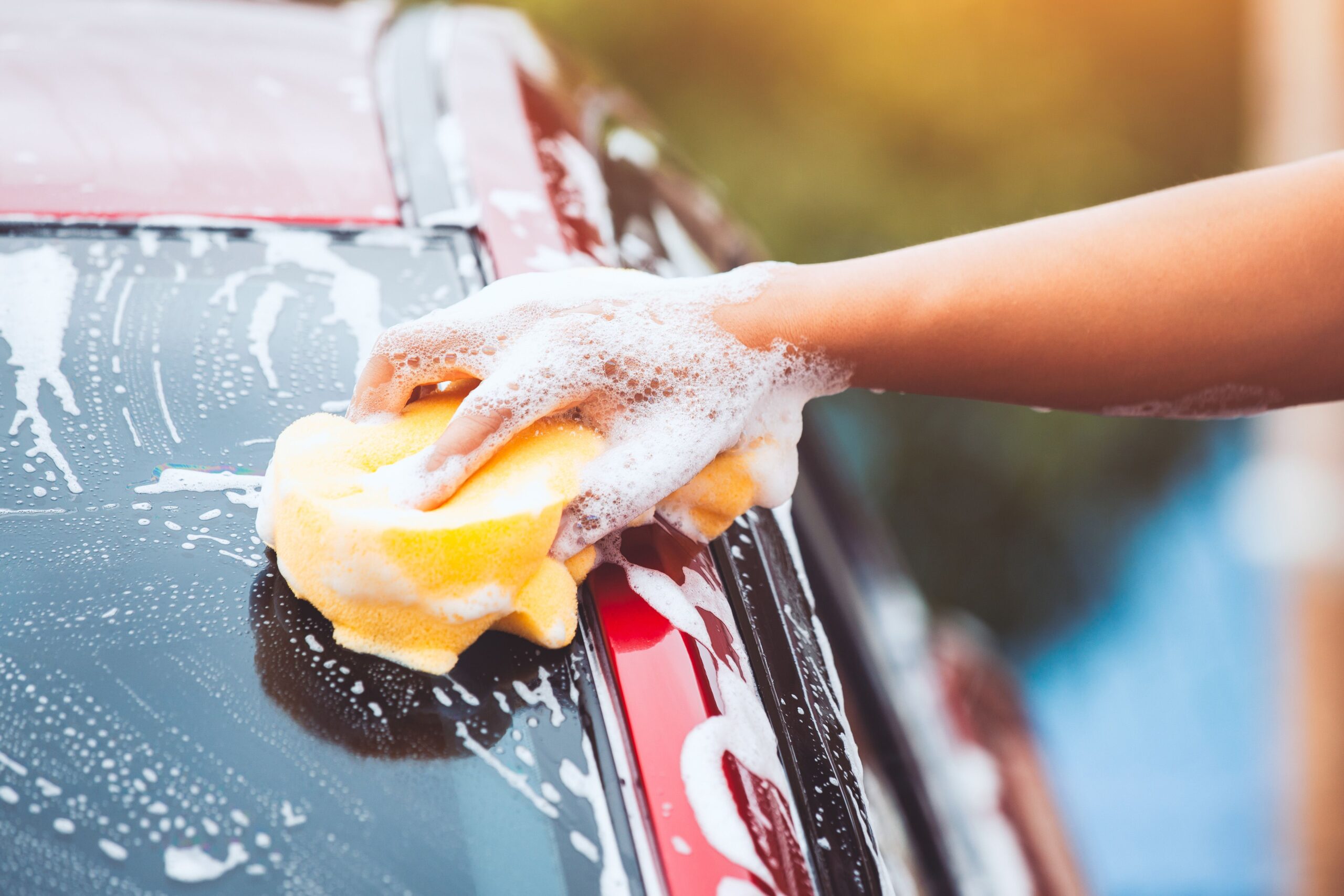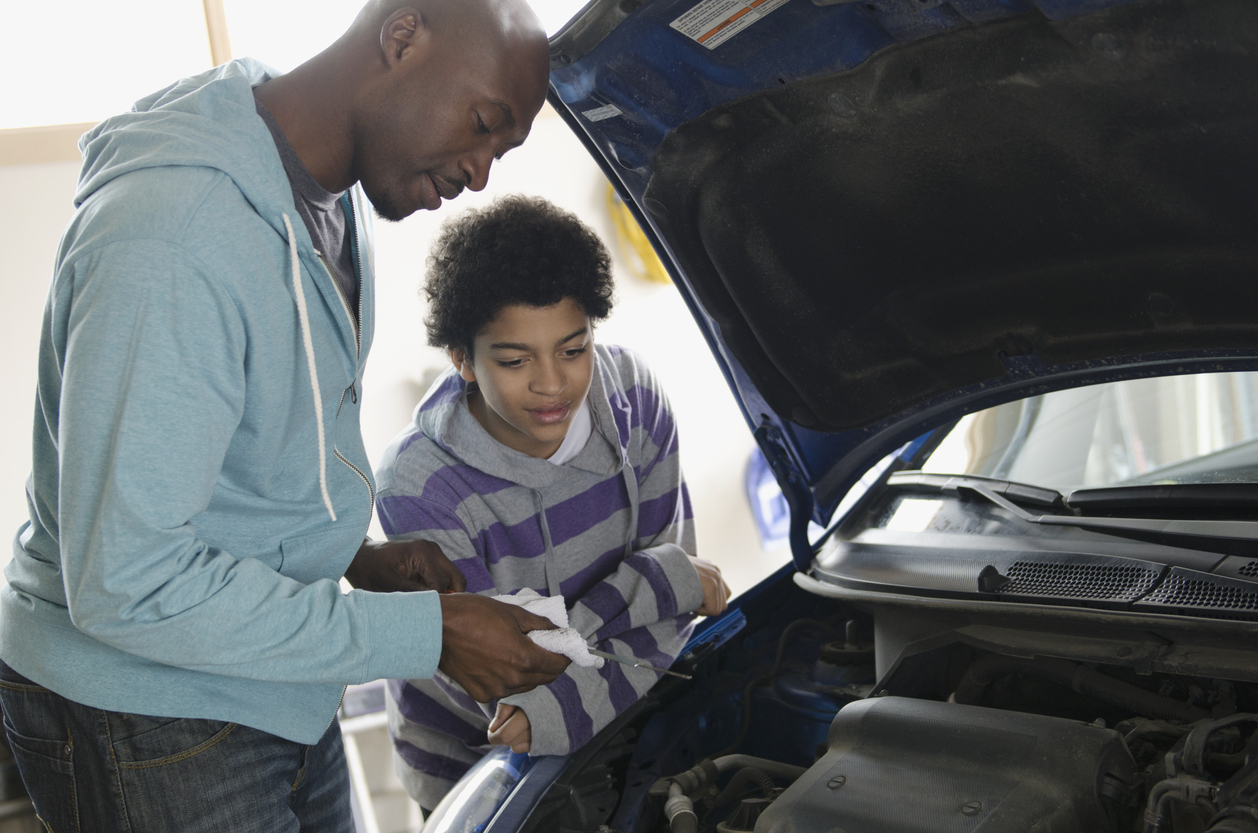A cluttered keychain can be a constant source of frustration and inconvenience. When it comes to car keys, organization is key, no pun intended. An organized car keychain not only makes it easier to find your keys but also helps prevent damage to your vehicle’s ignition and locks. In this article, we’ll provide you with a comprehensive guide on how to organize your car keychain efficiently.
- Remove Unnecessary Keys
The first step in organizing your car keychain is to declutter. Remove any keys that you no longer need or use. This might include keys to old locks, padlocks, or doors that are no longer relevant. Reducing the number of keys on your keychain will make it more manageable.
- Separate Keys by Function
Once you’ve identified the keys you need to keep, separate them by function. Group your car keys together, your house keys together, and any other keys for different purposes. This separation will help you quickly locate the key you need when you need it.
- Use Key Rings and Key Tags
Key rings and key tags can be incredibly useful for organization. Assign a different color or shape key tag to each set of keys, making them easily distinguishable. Additionally, use separate key rings for different sets of keys. This way, you can remove the keyring you need without having to fumble through a jumble of keys.
- Invest in a Key Organizer
If you’re looking for a more sophisticated solution, consider investing in a key organizer. Key organizers are compact devices that neatly hold your keys in a foldable or stackable fashion. They not only reduce the bulkiness of your keychain but also protect your pockets from being scratched by keys.
- Use a Keychain Accessory
There are various keychain accessories available that can help you stay organized. Some keychain accessories come with built-in tools like bottle openers or small flashlights. These can be handy in various situations, reducing the need for carrying additional tools.
- Keyless Entry and Remote Start
If your car is equipped with keyless entry and remote start features, consider using these instead of traditional keys. Many modern vehicles allow you to use your smartphone to unlock and start your car, eliminating the need for physical keys altogether.
- Secure Your Car Keys
For added security, especially if you have a keyless ignition system, consider using a key signal blocking pouch or a Faraday bag. These devices block the signals from your key fob, preventing thieves from remotely accessing your car.
Conclusion
A well-organized car keychain not only reduces frustration but also ensures that you have quick and easy access to your keys when you need them. By removing unnecessary keys, separating keys by function, using key rings and key tags, investing in key organizers, and considering keyless entry options, you can keep your car keychain neat and efficient. Remember that an organized keychain is not only convenient but also helps protect your vehicle and enhance your overall driving experience. So, take a few minutes to declutter and organize your car keys, and you’ll thank yourself every time you reach for them.



